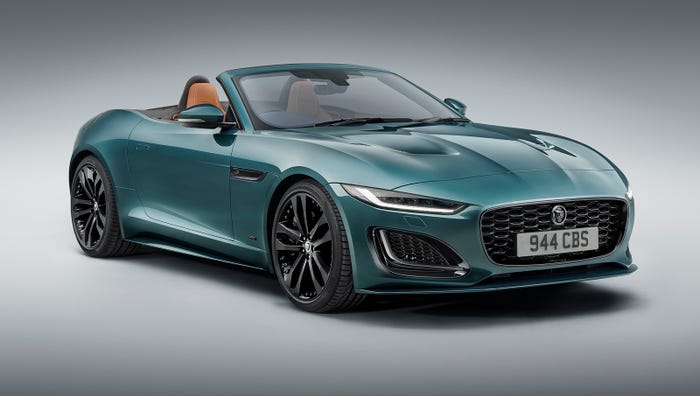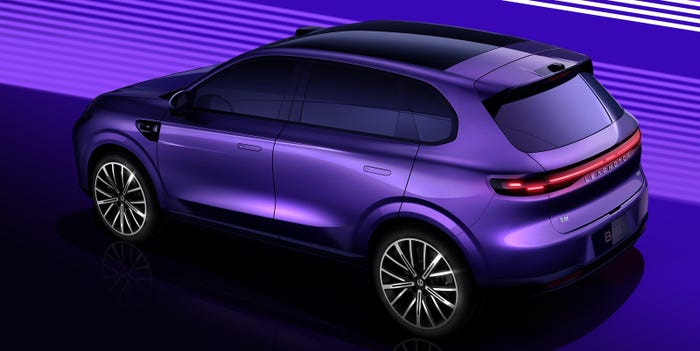California Energy Commissioner Looks Beyond Gasoline
James Boyd says “we will have to go from a mono-fuel society to one with a multiple portfolio of fuels.”


SACRAMENTO, CA – James D. Boyd wants to clear up possible misconceptions about himself.
“I don’t hate cars,” he says over lunch. “In fact, I’m something of a car guy.”
He also is a member of the California Energy Commission, appointed this year to a second 5-year term by Gov. Arnold Schwarzenegger, who has embraced environmentalism.
Before that, Boyd headed the California Air Resources Board, an anti-pollution agency that rattled auto makers earlier this decade when it set ambitious deadlines for the introduction of zero-emission vehicles (ZEV).
Saying the timetables were unreasonable, manufacturers threatened to call in the lawyers. Ultimately, the deadlines were scrapped after much debate and hand wringing.
“ZEV was a mistake because we were applying it to passenger vehicles,” Boyd says in retrospect.
He currently is overseeing the energy commission’s efforts to develop an alternative-fuels plan that Schwarzenegger and the state legislature requested. Boyd predicts it won’t become one of those well-intentioned proposals that end up collecting archival dust.
“This time something will happen,” he says, noting that climate change and other environmental concerns have raised public awareness about fuel alternatives to gasoline.
“We will have to go from a mono-fuel society to one with a multiple portfolio of fuels,” Boyd tells the California New Motor Vehicle Board at its annual roundtable here. “Fuel issues will begin to dictate technologies, not the other way around.”
California is the world’s sixth-largest economy and fifth-largest energy consumer with a population of 36 million people, many of them vehicle owners who “drive incredible amounts” and spend $120 million a day on gasoline and diesel fuel, Boyd says.
“By 2020, we should reduce fuel levels by 15% from 2003 levels,” he says.
The time has come for the development of “diversified, cleaner fuels,” he says. Boyd sees greater prospect in some alternatives than others.

Chevy Volt plug-in hybrid-electric vehicle concept car.
For instance, he is unoptimistic about ethanol, derived from renewable plant sources, being used in high levels as vehicle fuel, such as E85, a mixture of 85% ethanol and 15% gasoline.
Although U.S. auto makers are building hundreds of thousands of flex-fuel vehicles, Boyd notes only one California service station, in San Diego, sells E85.
“The chicken hasn’t met the egg yet,” he says. “It can be done, because they are doing it in Brazil. But petroleum companies are not interested in a product that reduces theirs to 15%.”
Nor is he hopeful that hydrogen will become a mainstream fuel for powering vehicles.
“I believe in stretch goals, but fuel-cell hydrogen vehicles are on the other side of a wide chasm,” he says. “Academically, hydrogen is great, but it is not where we are headed.”
He sees more promise in natural gas, with methane derived from waste products such as manure. “They do it in Sweden. We’ll see more of that in California, with a feed into natural gas lines.”
Waste in general is a potential fuel source.
“California has so much waste, we can produce 2 billion gallons of fuel a year from it,” he says. “You don’t have to grow corn or crops for fuel if you can make it economically feasible for waste from forests, urban areas and animals to be converted to energy.”
Boyd also is a believer in electric vehicles, or variants thereof, such as a plug-in hybrid electric vehicle with an internal combustion engine for range.
“The (Chevrolet) Volt was a surprise to me,” he says of General Motors Corp.’s plug-in hybrid-electric vehicle (PHEV) concept vehicle unveiled this year. “Maybe some day we’ll see an alternative fuel plug-in hybrid vehicle.”
Read more about:
2007About the Author
You May Also Like





